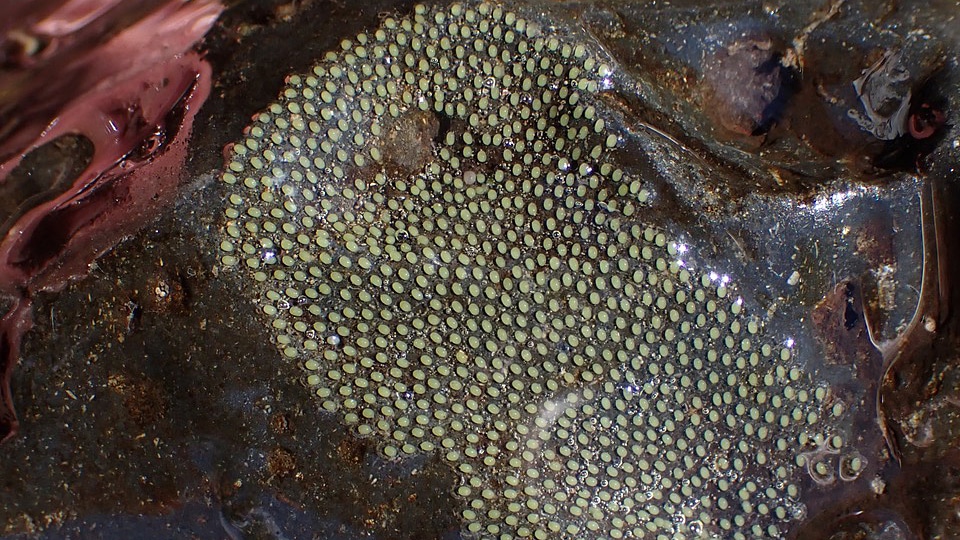2023-12-13 ノースカロライナ州立大学(NCState)

A caddisfly egg mass sits on the underside of a protruding rock. Photo courtesy of Brad Taylor, NC State University.
◆研究者たちは、突き出た岩を追加することで卵の産卵場所を増やすことが、昆虫の卵と幼虫の量と多様性を増加させるかどうかを検証しました。結果は、突き出る岩を追加した川では、処理されていない川と比較して卵の数がほぼ2倍になったことを示しました。この研究は、復元された川に岩を追加すると、水生昆虫の卵の量と多様性が向上するという成功した概念の証明であるとされています。
<関連情報>
- https://news.ncsu.edu/2023/12/aquatic-insects-need-more-rocks/
- https://esajournals.onlinelibrary.wiley.com/doi/abs/10.1002/eap.2939
産卵生息地を増やすことで、回復した河川における昆虫群集の回復を促進する Facilitating the recovery of insect communities in restored streams by increasing oviposition habitat
Samantha Dilworth, Brad W. Taylor
Ecological Applications Published: 10 December 2023
DOI:https://doi.org/10.1002/eap.2939
Abstract
Recruitment limitation is known to influence species abundances and distributions. Recognition of how and why it occurs both in natural and in designed environments could improve restoration. Aquatic insects, for instance, rarely re-establish in restored streams to levels comparable to reference streams even years post restoration. We experimentally increased oviposition habitat in five out of ten restored streams in western North Carolina to test whether insect egg laying habitat was limiting insect populations in restored streams. A main goal was to test whether adding oviposition habitat in the form of rocks that partially protrude above the water surface could be used to increase the abundance and richness of stream insect eggs and larval insects in restored streams. Adding egg-laying habitat enhanced several response variables (e.g., protruding rocks, number of eggs, egg masses, egg morphotype richness, and oviposition habitat stability) to levels similar to those found in reference streams. Following the addition of protruding rocks, egg mass abundance increased by 186 % and richness increased by 77 % respectively in restored-treated streams. Densities of larval insects that attached their eggs to protruding rocks showed an overall pattern consistent with treatment effects due to the combination of non-significant and significant increases of several taxa and not just one taxon. Our results indicate that these stream insect populations are limited by oviposition habitat and that adding egg-laying habitat alleviated this component of recruitment limitation. However, the weaker larval response indicates that additional post-recruitment factors, such as egg or larval mortality, may still be limiting a full recovery of larval insect abundances in these restored streams. This study shows the importance of integrating information from animal life histories, ecology, and geomorphology into restoration practices to improve the recovery of aquatic insects, which are commonly used to assess water quality and the biological efficacy of stream restoration.


